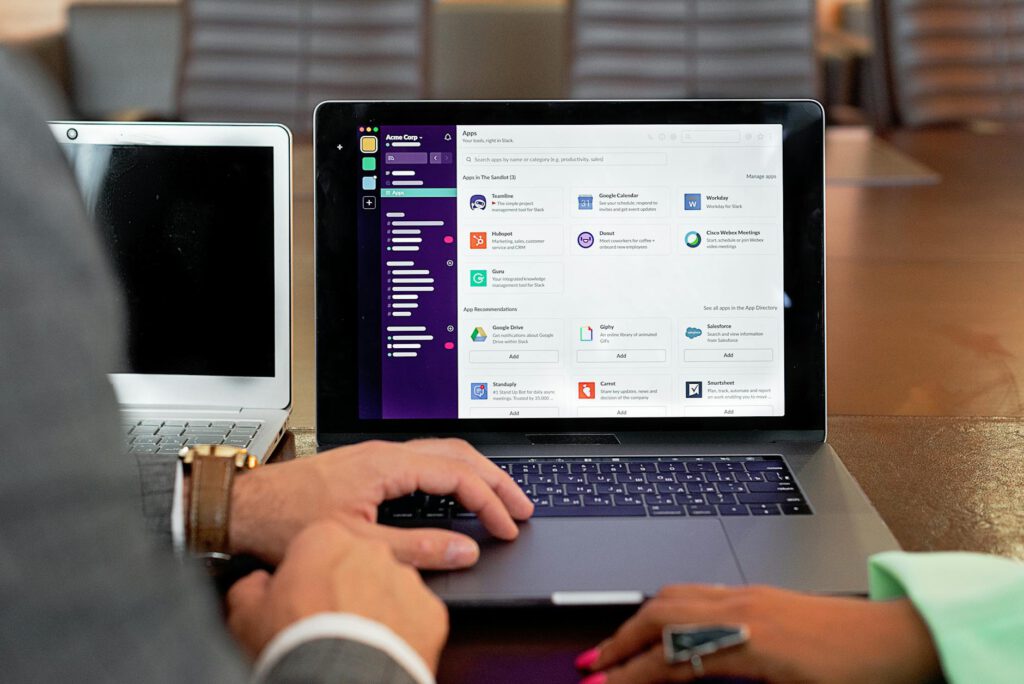Introduction
Live chat has become a must-have tool for businesses looking to enhance customer support, boost engagement, and increase conversions. However, many website owners hesitate to implement it due to concerns about slowing down their site’s performance. A sluggish website can lead to higher bounce rates, lower search rankings, and lost revenue—defeating the purpose of adding live chat in the first place.
The good news? You can integrate live chat without sacrificing speed. By choosing the right tools, optimizing implementation, and following best practices, you can enjoy the benefits of real-time customer interactions while keeping your site fast and responsive.
Why Live Chat Shouldn’t Slow Down Your Website
Live chat is a powerful tool for improving customer satisfaction and sales, but its impact on site speed depends on how it’s implemented. Poorly optimized chat widgets can increase page load times by adding unnecessary scripts, bloated code, or excessive resource requests. However, modern solutions are designed with performance in mind, ensuring minimal disruption to your site’s speed.
The key is to prioritize lightweight, asynchronous loading, and efficient coding. When done right, live chat can even enhance user experience by providing instant support without delays.
Choosing the Right Live Chat Solution
Not all live chat tools are created equal. Some are optimized for speed, while others may drag your site down. Here’s what to look for:
1. Lightweight Scripts
- Opt for solutions that use minimal JavaScript and avoid bulky frameworks.
- Example: Tidio and Crisp are known for their lightweight integrations.
2. Asynchronous Loading
- Ensure the chat widget loads independently of other page elements, preventing render-blocking.
- Example: LiveChat loads asynchronously, so it doesn’t interfere with critical content.
3. Lazy Loading
- Some tools allow the chat widget to load only when a user interacts with it (e.g., after scrolling or clicking).
- Example: Drift offers delayed loading to prioritize page speed.
4. CDN Support
- A Content Delivery Network (CDN) ensures the chat script loads quickly from servers closest to the user.
- Example: Intercom leverages CDNs for faster global delivery.
5. Customizable Loading Triggers
- Choose a tool that lets you control when the chat widget appears (e.g., after a delay or specific user action).
Optimizing Live Chat for Performance
Once you’ve selected a fast live chat solution, follow these steps to ensure seamless integration:
Step 1: Minimize Script Placement
- Place the chat script just before the closing
</body>tag to prevent it from blocking other resources.
Step 2: Use Conditional Loading
- Load the chat widget only on pages where it’s needed (e.g., contact or product pages) to reduce unnecessary requests.
Step 3: Compress and Cache
- Enable GZIP compression and browser caching for chat-related files to speed up repeat visits.
Step 4: Monitor Performance
- Use tools like Google PageSpeed Insights or GTmetrix to test how the chat widget affects load times.
Step 5: Opt for a Self-Hosted Solution (Advanced)
- For maximum control, consider self-hosting the chat widget to reduce reliance on third-party servers.
Tools and Resources for Fast Live Chat
Here are some top-performing live chat solutions that prioritize speed:
- Tidio – Lightweight, with lazy loading and mobile optimization.
- Crisp – Fast-loading, minimalistic design with CDN support.
- LiveChat – Asynchronous loading and customizable triggers.
- Drift – Delayed loading to prioritize page speed.
- Intercom – CDN-powered for global performance.
Additional resources:
– Google PageSpeed Insights – Test your site’s speed post-integration.
– Cloudflare CDN – Accelerate script delivery.
– WP Rocket (for WordPress) – Optimize caching for chat widgets.
Frequently Asked Questions
1. Does live chat slow down my website?
It can if poorly implemented, but modern tools with asynchronous loading and CDN support minimize impact.
2. Which live chat tool is the fastest?
Tidio, Crisp, and LiveChat are among the fastest due to lightweight scripts and optimized loading.
3. Can I delay the chat widget to improve speed?
Yes, many tools (like Drift) let you set triggers so the widget loads after the page is fully rendered.
4. How do I test if live chat is affecting my site speed?
Use Google PageSpeed Insights or GTmetrix before and after installation to compare performance.
5. Should I avoid free live chat tools?
Not necessarily, but some free tools may lack optimization features. Always check reviews and performance tests.
Conclusion
Adding live chat to your website doesn’t have to mean sacrificing speed. By selecting a lightweight, performance-optimized tool and following best practices for implementation, you can provide real-time support without slowing down your site. Prioritize asynchronous loading, minimize unnecessary scripts, and regularly monitor performance to ensure a seamless experience for your visitors.
With the right approach, live chat becomes an asset—not a liability—helping you engage customers, boost conversions, and maintain a fast, high-performing website.
Now that you know how to balance functionality and speed, it’s time to choose the best live chat solution for your business and start reaping the benefits today.

